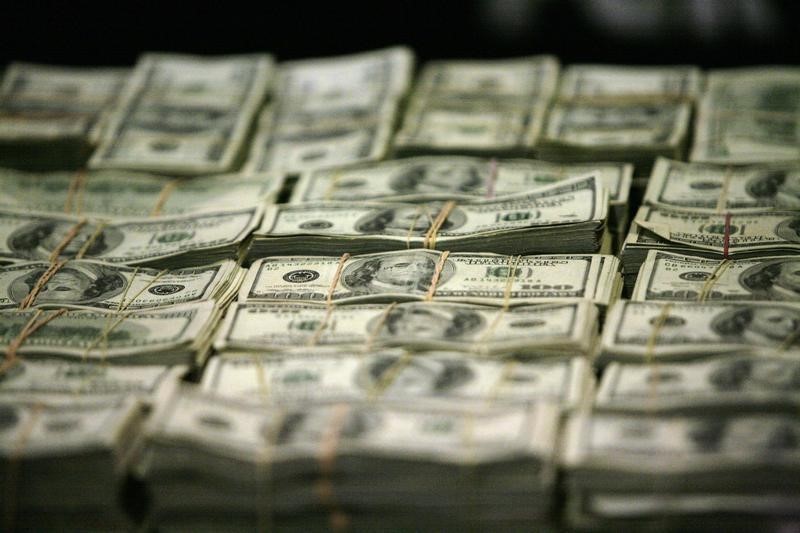Investing.com - The dollar remained broadly lower against other major currencies on Friday, despite recent upbeat U.S. data and the possibility of another rate hike by the Federal Reserve this year, as tensions between the U.S. and North Korea weighed on market sentiment.
The dollar had strengthened broadly after the Fed on Wednesday indicated that one more interest rate hike is likely this year and said it will begin to unwind its $4.5 trillion balance sheet in October.
The greenback was also supported by a string of upbeat reports U.S. jobless claims and manufacturing activity in the Philadelphia area released on Thursday.
But market sentiment was hit after North Korean leader Kim Jong Un said on Friday that Pyongyang will consider the "highest level of hard-line countermeasure in history" against the U.S. in response to President Donald Trump's threat to destroy the country.
Shortly after, North Korea's Foreign Minister Ri Yong Ho said his country could conduct a hydrogen bomb test in the Pacific Ocean of an unprecedented scale.
In his first speech before the United Nations General Assembly on Tuesday, Trump said "the United States has great strength and patience, but if it is forced to defend itself and its allies, we will have no choice but to totally destroy North Korea."
The safe-haven yen and Swiss franc were higher, with USD/JPY sliding 0.39% to 112.03, off the previous session's two-month peak of 112.72, while USD/CHF fell 0.24% to trade at 0.9684.
Elsewhere, EUR/USD gained 0.37% to trade at 1.1985, while GBP/USD edged down 0.08% to 1.3570, off Monday's 15-month highs of 1.3620.
The euro was boosted by data released earlier Friday by research group Markit showing that manufacturing and service sector activity in the euro zone expanded more than expected this month.
Market participants were looking ahead to two separate speeches by European Central Bank President Mario Draghi and UK Prime Minister Theresa May, scheduled later in the day.
Reports earlier in the week suggested that the UK would be ready to pay €20 billion for a two-year transition period after Brexit.
The Australian and New Zealand dollars were stronger, with AUD/USD up 0.20% at 0.7947 and with NZD/USD adding 0.10% to 0.7315.
Meanwhile, USD/CAD declined 0.32% to 1.2288.
The U.S. dollar index, which measures the greenback’s strength against a trade-weighted basket of six major currencies, was down 0.29% at 91.70 by 05:15 a.m. ET (09:15 GMT), off Thursday's one-week highs of 92.42.
